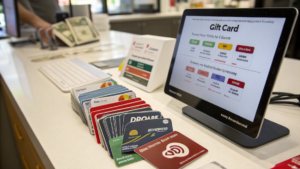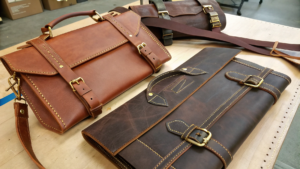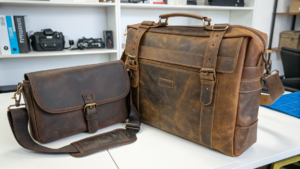What are plain paper bags?
I've learned that a plain paper bag is much more than just a simple container. In a world full of logos, they make a quiet but powerful statement about a brand.
Plain paper bags are simple, unprinted bags made from materials like kraft paper. They stand for more than just packaging; they often represent a brand's commitment to sustainability, cost-effectiveness, and a minimalist style that lets the product and its quality speak for itself.
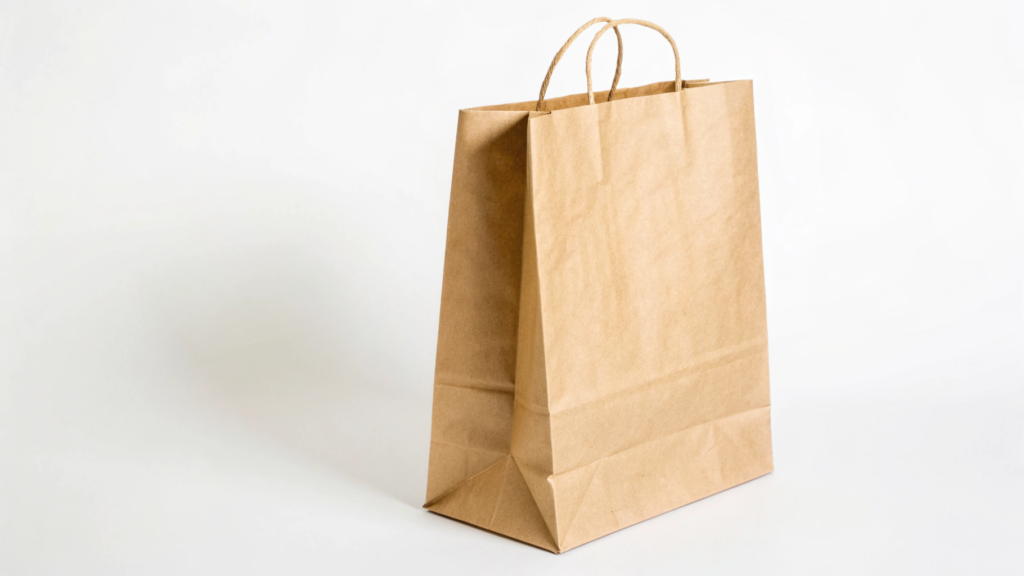
From my experience in the printing industry, I know that a plain paper bag's lack of design is a deliberate choice. It is a way of showing what a brand truly values.
Are paper bags reusable?
Do you ever wonder if you can reuse paper bags? Many people think of them as single-use items, but they can be very useful for more than one trip.
Yes, paper bags are reusable1, and many people reuse them for different purposes. While they may not be as durable as cloth bags, they can be used multiple times for shopping, carrying items, or as liners for trash and recycling before they are recycled.
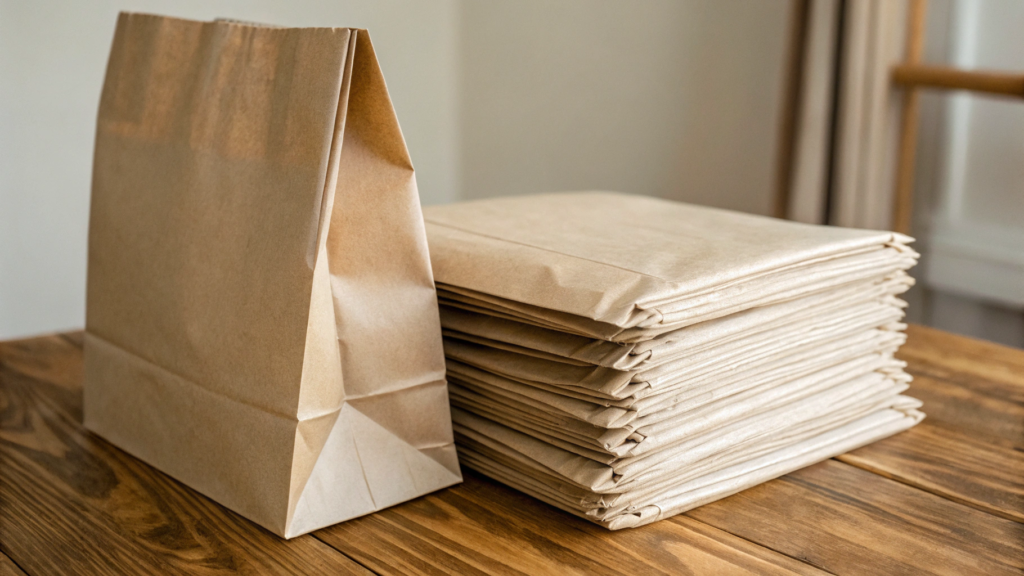
I believe that reusability is a key part of sustainability. A paper bag's value increases when it is used more than once.
Why are paper bags a good option for reuse?
Paper bags are a great option for reuse for several reasons. First, they are durable enough2 for a few trips. A good-quality paper bag can handle a moderate amount of weight. Second, they are versatile. People use them for more than just groceries. They are often used as simple gift bags, for storing items, or for carrying things around the house. Third, they are biodegradable. Even when they are at the end of their life, they break down more easily than plastic bags. This makes them a more eco-friendly choice from start to finish.
| Reusability Factor | Explanation | Practical Example |
|---|---|---|
| Durability | Made from thick, sturdy paper that holds up well for a few uses. | Using a paper bag to carry groceries from the store and then using it again for a picnic. |
| Versatility | Can be repurposed for many different things beyond their original use. | Using a paper bag as a lunch bag, a book cover, or for crafts. |
| Biodegradability | Breaks down naturally over time, unlike plastic. | Once a bag is too worn to use, you can compost it or recycle it. |
| Breathability | Allows air to circulate through the bag. | Good for storing certain produce, like mushrooms, to keep them fresh. |
| Customizable | A blank canvas for art, labeling, or personal touches. | Drawing on a plain paper bag to turn it into a unique gift bag. |
I once saw a small shop give out plain paper bags. A few days later, I saw a customer using the same bag to carry her lunch. She had decorated it herself. This showed me that a simple paper bag can be a part of someone's life in many ways. Its usefulness extends far beyond its first trip.
How to make a plain paper bag3?
Do you want to make your own paper bag? It's a fun and creative project. I can tell you the simple steps to make one.
To make a plain paper bag, you need to fold a piece of paper into a tube, create a bottom by folding and taping the ends, and then form the sides by folding the top and bottom inward. You can then add handles if you want, using more paper or a different material.
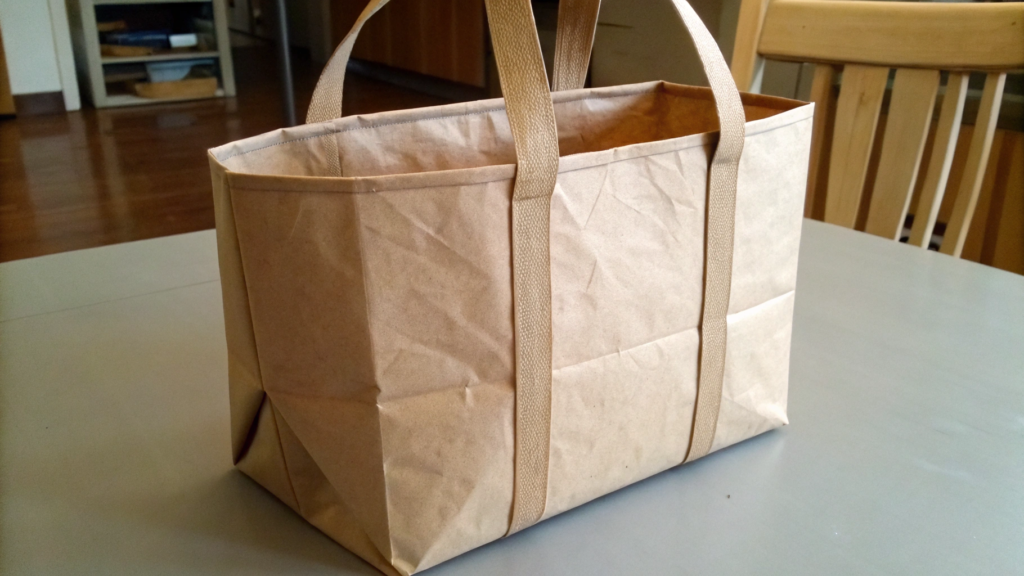
From my days in the factory, I learned that all packaging starts with simple steps. Making your own bag is a great way to understand how things are put together.
What are the main steps to create a simple paper bag?
Making a paper bag is a hands-on project that is easy to do. I often explain this process to people who are curious about printing. The first step is to take a piece of paper and fold it in half. This creates the main body of the bag. The second step is to make the bottom of the bag. You fold the bottom edge up, open it, and then fold the corners in to form a diamond shape. You then fold the top and bottom flaps of the diamond and tape them together. The third step is to make the sides of the bag. You fold the sides of the bag inward to create the creases. Finally, you can add handles by punching holes and adding string, or by gluing paper strips to the top.
| Step | Action | Outcome |
|---|---|---|
| 1. Create the Body | Take a piece of paper and fold it in half, then tape the edges together to form a tube. | The main cylinder of the bag is formed. |
| 2. Form the Bottom | Fold the bottom of the tube up, then open it and fold the corners inward to create a diamond shape. | The foundation for the bag's base is created. |
| 3. Secure the Base | Fold the top and bottom flaps of the diamond and tape them to close the bottom of the bag. | The bag now has a flat, closed bottom. |
| 4. Shape the Sides | Gently press the sides of the bag inward along the creases to give it a box shape. | The bag takes on its final form with distinct sides. |
| 5. Add Handles (Optional) | Punch two holes in the top of the bag and thread string or use a glue gun to attach paper strips. | The bag is now ready to carry things. |
I once helped my daughter make paper bags for her school project. We used simple brown kraft paper and some string for the handles. She loved seeing how a flat piece of paper could become a functional bag. This showed me that the process is not only practical but also fun and educational.
Are paper bags cheap to make?
Are you wondering about the cost of making paper bags? Many businesses choose them because they are seen as a low-cost option.
Yes, paper bags are generally cheap to make, especially when produced in bulk. The primary factors that keep costs low are the affordable raw material (paper), the simple and efficient manufacturing process, and the option to not add any expensive printing or design.
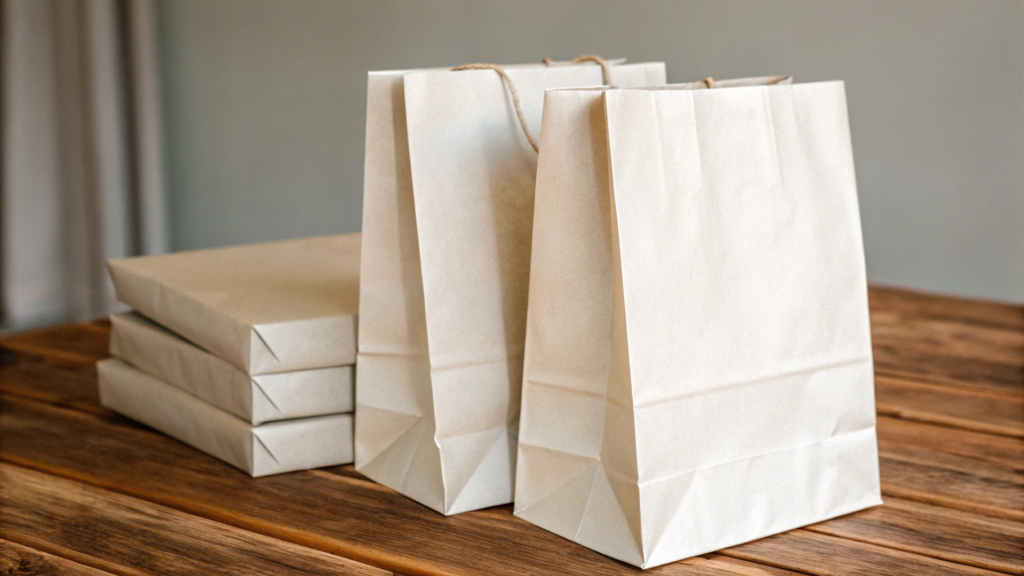
From my experience, a plain paper bag is often one of the most cost-effective packaging options available. Its simplicity is its biggest advantage.
What factors make paper bags a low-cost option?
When I look at the cost of making paper bags, I see a few key things that keep the price low. First, the raw material itself is inexpensive. Paper, especially kraft paper, is a very affordable material. Second, the manufacturing process is simple and can be done very quickly with machines. This keeps labor and production costs low, especially for large orders. Third, the bags often have no printing. This saves the cost of ink, design, and a separate printing process. When you compare them to complex boxes or plastic bags with full-color logos, plain paper bags are much cheaper.
| Cost Factor | Explanation | Impact on Price |
|---|---|---|
| Raw Material | Paper is an abundant and relatively cheap resource. | The base cost of each bag is low. |
| Manufacturing | The process is highly automated and efficient. | Production is fast, reducing labor costs. |
| No Printing | Avoiding ink and the printing process saves money. | Eliminates a major cost associated with custom packaging. |
| Shipping | Bags can be shipped flat, which saves space and money. | Lower freight costs for businesses. |
| Simple Design | No need for complex cuts, folds, or special features. | Keeps the overall production process straightforward and inexpensive. |
I once worked with a small business that needed a cheap packaging solution. We talked about different options, and they decided to use plain paper bags. They saved a lot of money and could put more of their budget into their product. It proved that a simple solution can be a very smart business decision.
Conclusion
Plain paper bags are simple, unprinted bags that stand for sustainability and minimalism. They are reusable, and you can make them yourself. They are also very cheap to produce.


